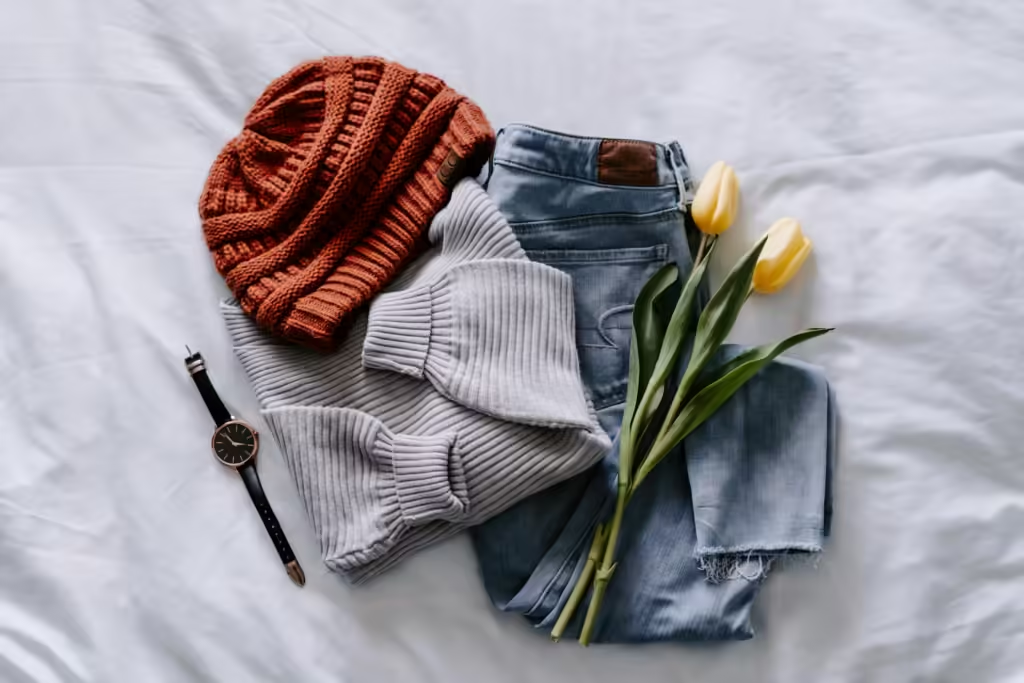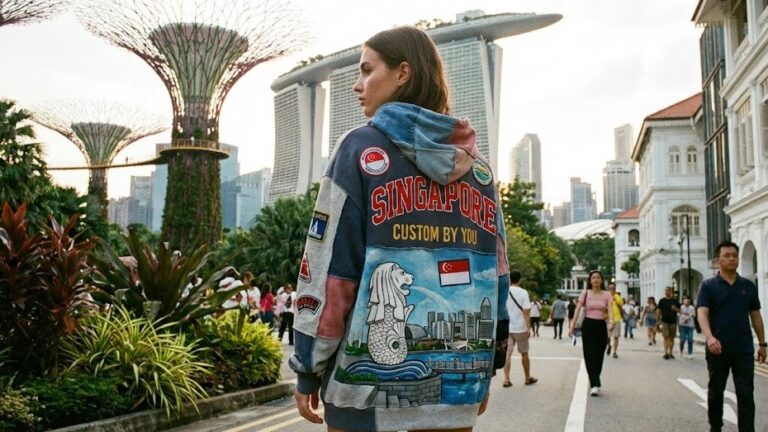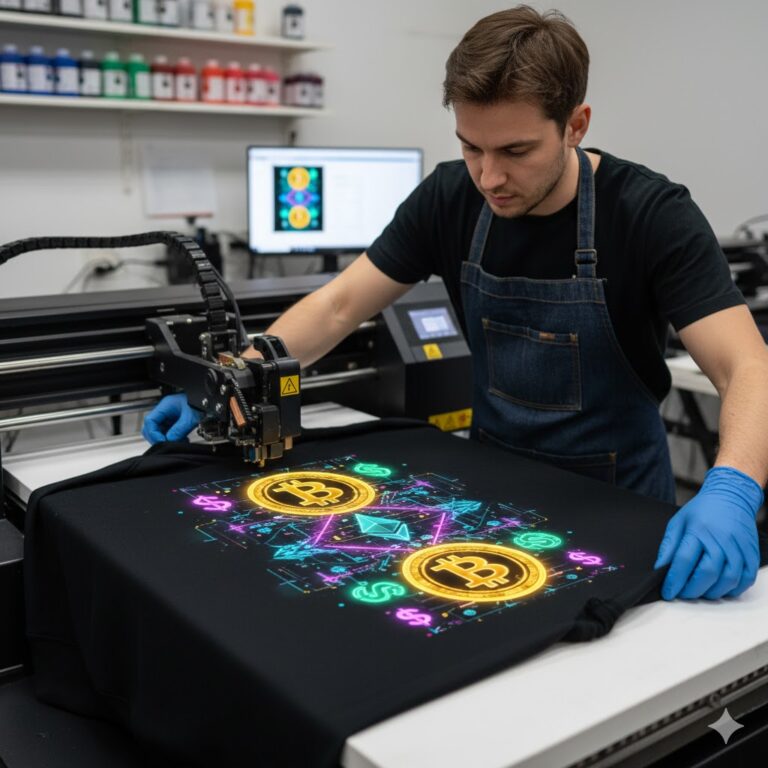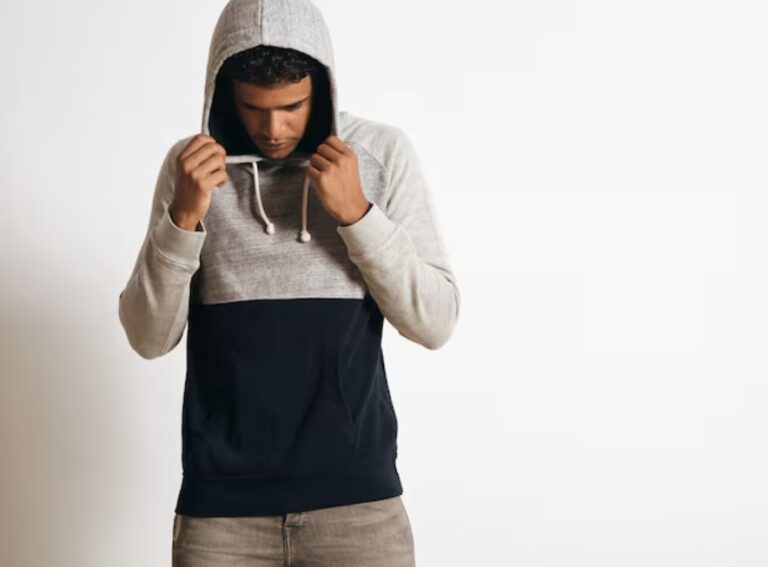When you make merch and branded apparel for the first time, you tend to choose the most common offerings–preppy T-shirts, sweaters, and maybe some hoodies too. But clients don’t just look for clothes in their shopping experience. After all, there’s a reason Zara or Chanel shoppers aren’t going to suddenly switch to Uniqlo anytime soon, and vice versa. The truth is, in learning how to market merch, you’re learning how to sell style–not just clothes.
Overall, this means that you’ll have to think about a lot more than just the trendiest merchandise at the time. The ever-insightful Ray Masaki rightly pointed out that certain fads, like silicone wristbands, only really ever made sense for the athletic scene. If that’s the case, it wouldn’t make sense to sell it to other targets, like youthful professionals or casual techies.
So how would you decide how to market merch, and how to sell your style? Luckily, if you’ve got a good grasp of your branding, finding out what to sell is relatively straightforward. You can simplify all of it in one question:
Who do my clients want to be?
Think of tech enthusiasts. Most of them will likely be men or masculine-leaning, a little nerdy, a little insecure. You might be tempted to sell plain shirts of their favorite media or some custom packaging for their gadgets, but few of these things will contribute to the ‘image’ they want.
What they want to be are competent, casual but striking figures of intellect and modernity. If you sell them that lifestyle, they’ll be more compelled to listen to your pitch.
How do you figure out that big question for other clients, though? Here are some things to consider when deciding how to market merch:
1. How to Market Merch Based on Class

While economic class is an essential factor in your target’s identity and purchasing power, class goes a lot deeper than that. Marketing to a certain class focuses more on the signifiers associated with that community.
College students looking for outfits for classes? They’ll look for something affordable, but hip and trendy. There’s a struggle and grind here that can only be communicated through rugged individuality. Oversized tees and varsity jackets are especially popular with that crowd.
Young middle-class men working nine to five in a casual-wear office job? They’ll look for something subtle, practical, and sleek, apparel that stands out in the monotony but doesn’t clash with the rules. Windbreakers or rings come to mind here.
You can explore all sorts of concepts while keeping class in mind. What can your audience afford? How do their peers expect them to dress in their day-to-day life?
2. How to Market Merch Based on Profession

Getting a little more specific, you’d want to keep their professions in mind. This can be challenging since clients can come from all sorts of jobs, but you can make it easier by brainstorming larger industries rather than specific careers.
Techies like software engineers or programmers, for example, often prioritize comfort and utility. They usually work from home and don’t have to be concerned with dress codes. Thus, hoodies are peak fashion for most of them.
Meanwhile, creatives like graphic designers live and breathe aesthetic eccentricity. These are ideal targets for more ambitious branded products, like graphic prints and embroidery.
3. How to Market Merch Based on Function
Utility is an underrated part of fashion and merchandising. The flashiness of aesthetics only lasts for as long as people can use it. When you make something people can regularly bring into their day-to-day lives, whether it’s to work or to casual hangouts with friends, suddenly the merchandise becomes a beloved staple of their lives.

You’ll ultimately want to reflect on the previous elements to decide what your audience needs the most. Singaporeans, for example, probably won’t need any heavy coats or fur-lined jackets to beat the weather. However, they’ll definitely find caps and hats more useful in the summer.
Even if you’re not making merchandise that can be used regularly, you might want to add something people can use to customize their own apparel or equipment. Sewn patches may not seem directly functional, but they work to personalize office workers’ or college students’ backpacks.
4. How to Market Merch Using Colors

One of the most essential parts of fashion styling is color. It’s the first thing you notice when you see someone wearing an outfit, and it’s also the first thing people pay attention to in the mirror. Do these colors complement your outfit? Does green go better with red or purple?
Generally speaking, your merch may not have the same benefits of silhouette and texture as complete fashion pieces. When you have an idea on how to play with your clients’ signature colors, though, you gain a great advantage in their wardrobes and wallets.
What colors come to mind when you think of skateboarders? Maybe some denim blue jeans to protect their knees from scraping, or wild neon patterns against plain whites to highlight their personality. Throw in a little silver or metallic accessories and you have a sense of what that demographic would enjoy.
It would be vastly different from, say, the posh hipster or the bold entrepreneur. Consider color theory when choosing your lineup, too–ideas like reds for passion and intensity, blues for calm and meditation, purples and greens for luxury and prosperity, and yellows for joy.
These concepts will give you a good idea of what reflects best on your clients. Having a wide range of options also helps, which is why we offer such a diverse range of colors in our lookbook.
5. How to Market Merch Based on Philosophy

Understanding your clients’ mindset lies at the core of all the other elements we talked about so far. Clients who care about social justice will lean more toward political affirmations and slogans. Other clients who might care about the earth would appreciate eco-sustainable merchandise.
Their values and understanding of the world inform every part of their lifestyle–ultimately, it’s the blueprint of who they are, and how you can help them fulfill their promise.
Let’s go back to that question from the beginning: What do your clients want to be? After considering all the factors that contribute to lifestyle choices, we can actually form a better question for ourselves:
What does your brand want to be for clients? Where does the heart of your brand lie? What life are you selling to the people you cater to? Once you have that answer, you’ll be able to truly sell style–not just clothes.





